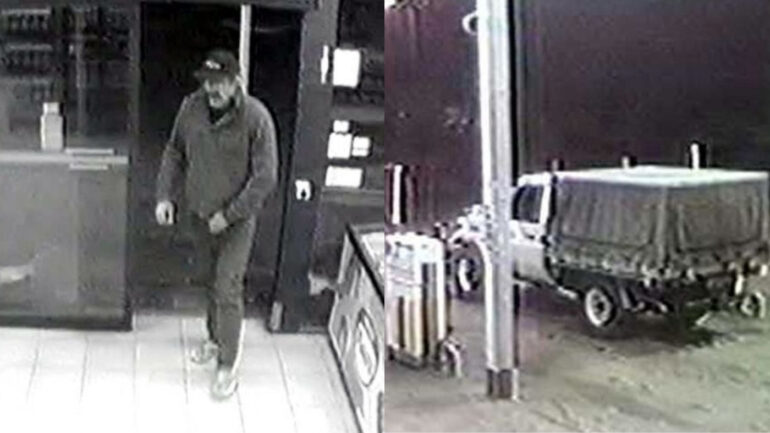There are more CCTV cameras now than ever before, but catching a killer on camera is not as simple as crime dramas make it seem. We asked a forensic photographer how CCTV can lead to convictions.
Forensic photographer Gale Spring says juries often have a false faith in CCTV identification, “Years ago [there] came out a term. The CSI effect.”
Forensic photographer Gale Spring debunks what catching a suspect on camera really looks like on the Crime Insiders podcast:
“CSI and Bones and NCIS and all sorts of movies, the things that people see and possibly believe that the technology is kind of there,” Spring said.
In reality, Spring said using CCTV to definitively identify a person or object is “dangerous”.
In 2001, British backpacker Peter Falconio went missing while travelling between Alice Springs and Broome in the central Australian outback. Spring was tasked with examining CCTV to identify a man who was suspected of murdering him.
“The crux of one of the questions, there was a dark area under the nose… But was it an actual mustache or was it a shadow?”
Spring said the jury believed the man was Bradley Murdoch, who had a prominent moustache.
“I remember putting the question mostly to the jury as I turned around and looked at them and I said, if you can see clearly that is a moustache under his nose. Tell me what the logo says on his cap.”
Subscribe to Crime Insiders, taking you beyond true crime. In groundbreaking interviews, explore the world of policing and forensics through stories from the world’s most experienced and decorated experts.
